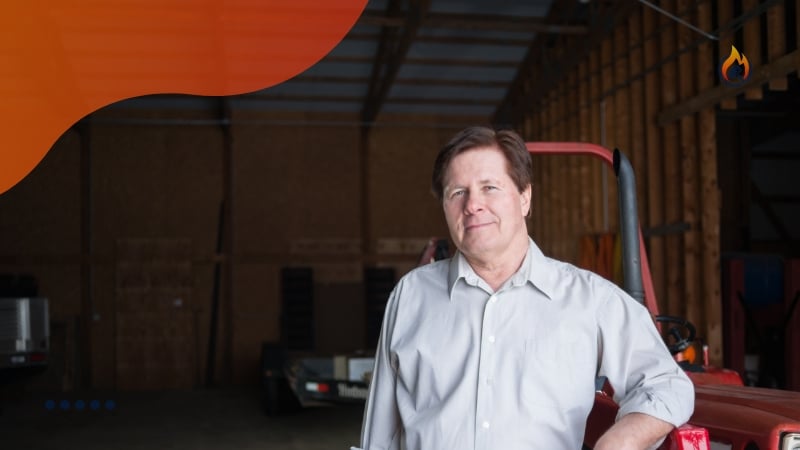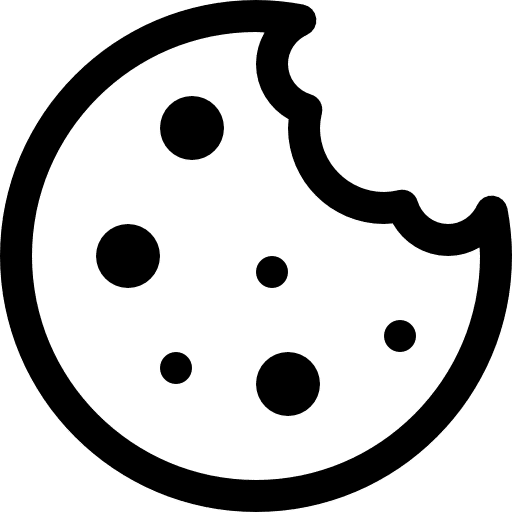Starting Retirement planning for small business owners is the most important financial decision you will make. The small business owner in Canada operates in a different financial field than a salaried employee.
The importance of Retirement planning for small business owners goes far beyond just saving money; it is a fiscal and risk management exercise. In this scenario, time is your most valuable asset, and the main barrier to success is procrastination. Starting today, even with small amounts, allows your capital to benefit from compound interest over the years.
Today, you will learn the most relevant tax strategies and specific investment vehicles for the Canadian SBO. Our goal is to provide a practical roadmap so you can move from theory to starting your Retirement planning for small business owners today, with confidence and knowledge.
The Foundation of Everything – Understand this before you begin

Ideal planning begins with the understanding that Canadian public benefits are a floor, not the ceiling, of your financial security in old age.
The Limitation of Public Benefits (CPP and OAS)
The Canada Pension Plan (CPP) and Old Age Security (OAS) important, but they designed to provide basic security.
For example, in 2024, the average monthly CPP payment for retirees was about CAD 758, with a maximum of CAD 1,364.60. Which is best for your case?
- CPP for the SBO: If you a sole proprietor, CPP contributions made on the net business income, covering both the employee and employer portions;
- OAS and the Risk of Clawback: OAS a residence benefit for individuals aged 65 or older. It is subject to clawback risk if your net income exceeds a certain threshold. This makes utilizing investments that generate tax-free income crucial.
6 Tips for Successful Retirement Planning for Small Business Owners

Follow these tips and you will have a good retirement plan:
- Start Today, Regardless of the Amount: Consistency is more important than the amount you start with. Experts point out that early investment allows capital to grow over 5, 10, or 15 years, building the wealth you need when thinking about retirement;
- Define Profitability Goals: Your goal cannot be vague. Quantify your goal: for example, to have an income of $5,000 per month in retirement. A financial advisor can use specialized software to simulate public and private retirement;
- Synchronize Personal and Corporate Planning: Company and personal finances are interdependent. Structural decisions, such as the creation of a Holding Company or joining an Individual Pension Plan (IPP), should be considered;
- Enhance RRSP Contribution Room Generation: If you pay yourself a salary, use that income to generate as much Registered Retirement Savings Plan (RRSP) contribution room as possible;
- Hire an Experienced Financial Advisor: Living with financial stability, like in Canada, allows you to plan your financial future well in advance. A licensed advisor is fundamental to understanding the complexity of CPP, OAS calculations, and the tax implications of each option;
- Keep Savings Separate from Operational Liquidity: Retirement funds must be protected from business cash flow fluctuations. Create dedicated accounts and investment vehicles. This ensures that your long-term capital not used to cover short-term operational needs of the company.
Best investments for retirement planning
To build your retirement, the SBO should use a combination of various types of investments. Let’s look at the main ones.
1 – Registered Retirement Savings Plan
The RRSP is the primary vehicle for deferring taxes.
In it, you get an immediate tax deduction on the amount you contribute, reducing your taxable income in the year of contribution.
Furthermore, capital grows tax-free until you withdraw it in retirement (where you will likely be in a lower tax bracket).
2 – Tax-Free Savings Account (Retirement planning for small business owners)
The TFSA works in the opposite way to the RRSP. In this, you contribute money that has already been taxed, but all growth (interest, dividends, and capital gains) and all withdrawals tax-free.
Moreover, it is crucial to protect your OAS benefit from clawback, as TFSA withdrawals do not count as taxable income in retirement. This is considered one of the best impact investing opportunities in Canada.
Guaranteed Investment Certificates
GICs fixed-income assets that offer principal security.
Simply put, they are a low-risk option for the conservative portion of your portfolio.
Although they offer lower returns than stocks, they are great for retirement due to their stability.
3 – Holding Company
A Holdco a corporation created to hold and manage investment assets, functioning as a place to park excess cash from your operating business.
The main benefit is corporate tax deferral. It works like this: excess profits can be transferred to the Holdco, where they are passively reinvested and grow.
This defers the personal income tax that would be paid if the SBO withdrew the profit immediately as a dividend.
4 – Individual Pension Plan (Retirement planning for small business owners)
The IPP is a defined benefit pension plan. Here, the corporation establishes it for a single executive or salaried owner.
Furthermore, the IPP becomes more advantageous than the RRSP when you are a salaried executive/owner over 40 years old and with an annual income above CAD 75,000.
As a rule, the limits are higher than those of the RRSP. Thus, you have a faster accumulation of capital for retirement planning for small business owners.
Contributions made and the costs of setting up and administering the plan are tax-deductible for the company, serving as a profit management tool.
Many companies in Canada offer this type of investment, for example, MD Financial Management.
Comparative Table of Investments for Retirement
This table summarizes the main vehicles that should be on your radar when doing Retirement planning for small business owners, highlighting the tax benefits and the ideal strategy for the SBO.
| Option | Account Type | Main Tax Benefit | Recommended Strategy for the SBO |
| RRSP | Registered Personal | Tax Deferral (Immediate deduction of contribution). | Main contribution when the SBO is in a high tax bracket, to reduce current taxable income. |
| TFSA | Registered Personal | Tax-Free Growth and Withdrawals. | Flexible savings source, crucial for protecting the OAS benefit from clawback, as withdrawals are exempt. |
| Holdco | Corporate (Unregistered) | Corporate Tax Deferral. | Passive investment of excess profits from Opco, offering asset protection and succession planning. |
| IPP | Registered Pension Plan | Maximum Contribution Limits and Corporate Deduction. | Advanced pension structure for executives/owners with high income (> $75k) and mature age (40+). |
Conclusion (Retirement planning for small business owners)
Success in Retirement planning for small business owners is achieved through a coordinated strategy that leverages tax efficiency at both personal and corporate levels.
Primarily, prefer the stability of Canada, which allows you to plan everything well in advance, and this planning starts today. Do not procrastinate. Remember that starting with $5 or $10 a month is better than waiting until you can save $10,000.


